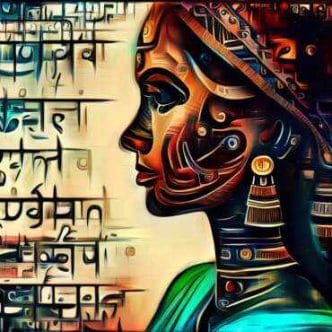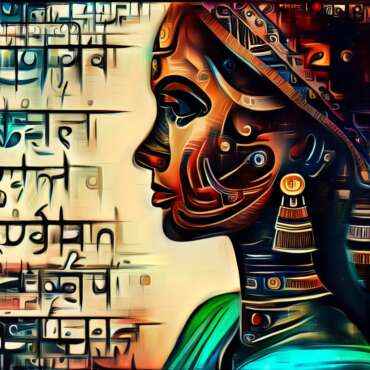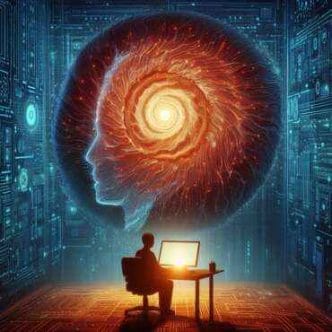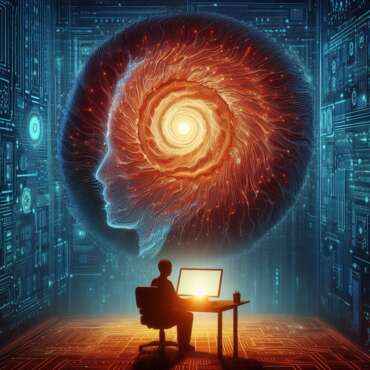This year, the eyes of the world are on New Delhi, India, as it proudly hosts the 18th G20 Summit at the Bharat Mandapam International Exhibition-Convention Centre. The G20 is a platform where nations grapple with the most pressing challenges of our time. At the forefront of these discussions is the transformative power of technology – its implications, opportunities, and the collaborations needed to harness its potential for a collective global good.
“Today, as the president of G20, India calls upon the entire world to first convert this global trust deficit into one trust and one confidence … The 21st century is an important time to show the world a new direction. This is the time when old problems are seeking new solutions from us and that is why we should move ahead fulfilling our responsibilities with a human-centric approach.” —Indian Prime Minister Narendra Modi
On Day 1 of this years Summit, US President Joe Biden and Indian Prime Minister Narendra Modi discussed the India-US Strategic Partnership across all dimensions of the multifaceted global agenda, including also the rich tapestry of technological collaborations that bind their nations. Their dialogue underlined India’s potent role as a player in the global technological arena.
One critical focus of this intense discussion, spanning a spectrum of tech domains from semiconductors to space and defense tech, was the quantum domain – a field that holds the key to revolutionizing industries from healthcare to communications. The US has highlighted its commitment to collaborate with India both bilaterally and through India’s Quantum Entanglement Exchange (Quantum EE) program, a platform for facilitating international exchange opportunities in the field of quantum technologies. Indian institutions are also gaining commendable recognition in the quantum landscape. The participation of the S.N. Bose National Centre for Basic Sciences in the Quantum Economic Development Consortium and the induction of IIT Bombay into the Chicago Quantum Exchange further reinforce India’s commitment and its capabilities in this next-gen technology.
Understanding Quantum Phenomena
Quantum mechanics, the fundamental theory governing the smallest particles in the universe, has fascinated scientists for over a century and challenges our intuitive understanding of nature. It operates on principles vastly different from classical mechanics and has formed the bedrock of modern physics and chemistry, reshaping our perspective of reality.

Quantum Entanglement
Among its myriad of perplexing phenomena, quantum entanglement stands out as exceptionally intriguing and promising – “a bizarre, counterintuitive phenomenon” that explains the intimate connection that can exist between two or more particles, regardless of the distance that separates them. This means if we were to measure the state of one particle, we would instantaneously know the state of its entangled partner, even if it were light-years away.
Albert Einstein, who was both intrigued and disturbed by this concept, famously referred to it as “spukhafte Fernwirkung,” meaning “spooky action at a distance.” To illustrate the phenomenon, imagine you had two entangled coins. If you flipped one and it landed as heads, the other would land as tails, even if it were flipped on the other side of the universe. And this outcome would be immediate, seemingly violating the principle that information cannot travel faster than light.
While the phenomenon of quantum entanglement challenges our everyday understanding of reality, it’s more than just a theoretical curiosity. It holds tangible implications for the future of technology. Quantum entanglement is the backbone of emerging fields like quantum computing and quantum cryptography.
For instance, entangled particles can be used to create ultra-secure communication channels. “Quantum entanglement offers a new modality for communications that is different from classical communications. The motivation for use of quantum entanglement is its flexibility and security.” Companies such as Google and IBM are already working in these areas and some have already reported impressive demonstrations in the past few years.
Quantum entanglement may also pave the way for quantum teleportation — not of objects or humans — but of information. This means that even without physically moving the particle, its quantum state can be transmitted from one location to another . Scientists have already managed to “teleport” the state of one particle to another using entanglement. In 2015, researchers at the National Institute of Standards and Technology (NIST) transferred quantum information over 100 kilometres (km) of optical fiber, 4x farther than previously possible. Quantum teleportation holds the potential for various groundbreaking applications, such as enhancing the precision of sensors and meterology devices and the development of “quantum internet” with ultra-secure communication and the distribution of quantum information worldwide.
While still a topic of debate and study, quantum entanglement represents a leap into an understanding of the universe that classical physics could never provide. As we continue to untangle its intricacies, one thing becomes clear: the deeper we delve into the quantum realm, the closer we come to redefining our very understanding of reality.
India’s Quantum Mission
India, under the visionary leadership of Prime Minister Shri Narendra Modi, is making strategic inroads into the realm of quantum technologies. In addition to the Quantum EE program, it also has a National Quantum Mission, the cornerstone of India’s quantum initiative. In April this year, the Union Cabinet, chaired by PM Modi, approved the NQM at a budget of Rs. 6,003.65 crore. The mission endeavors to seed, nurture, and scale scientific and industrial research in Quantum Technology with the goal of firmly positioning India among the world leaders in Quantum Technologies & Applications (QTA). The transformative technologies receiving an impetus under NQM are include Quantum Computing; Quantum Communication; Quantum Sensing and Metrology; and Quantum Materials and Devices.
Further bolstering India’s quantum ecosystem are collaborative initiatives such as the United States–India Science & Technology Endowment Fund (USISTEF), which has a dedicated focus on “Critical and Emerging Technology: Quantum Technologies and Artificial Intelligence for Transforming Lives.” Another notable collaboration is between India and Japan, facilitated by the Department of Science and Technology (DST) and the Japan Society for the Promotion of Science (JSPS). Titled the India-Japan Cooperative Science Programme-IJCSP, this venture spans a wide range of scientific domains including physical and chemical sciences, life science and agriculture, computational science, astronomy, and materials engineering.
Forging Forward
Quantum technology’s transformative potential is unparalleled, unlocking possibilities once only thought of as the stuff of science fiction. India’s investment in this domain is not just about adopting new technologies, but about pioneering breakthroughs and that might very well redefine critical industries.
The nation’s strategic thrust and global partnerships in this field have firmly positioned India as a significant quantum technology contributor on the international stage. The commitment to collaboration made by the US at this G20 Summit underscores this. It bears testament to India’s vision of harnessing quantum technology not just for its own advancement but for setting global standards of progress and prosperity.
____________
Written by: Ateendriya














